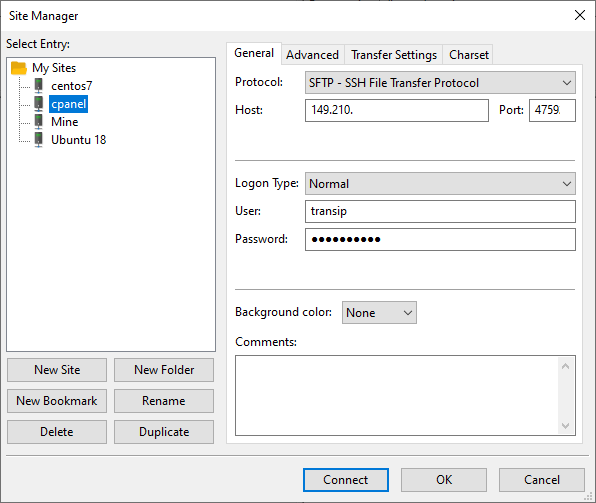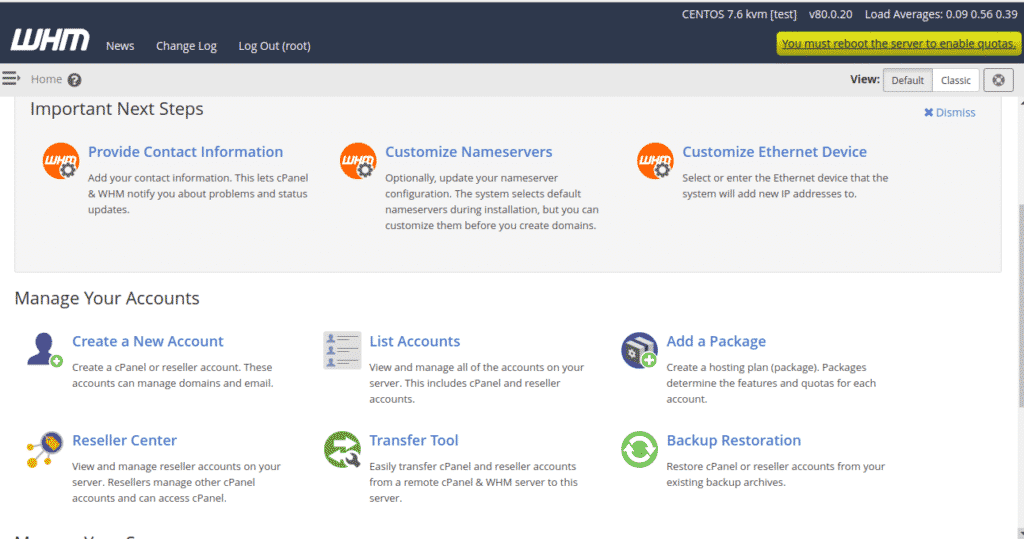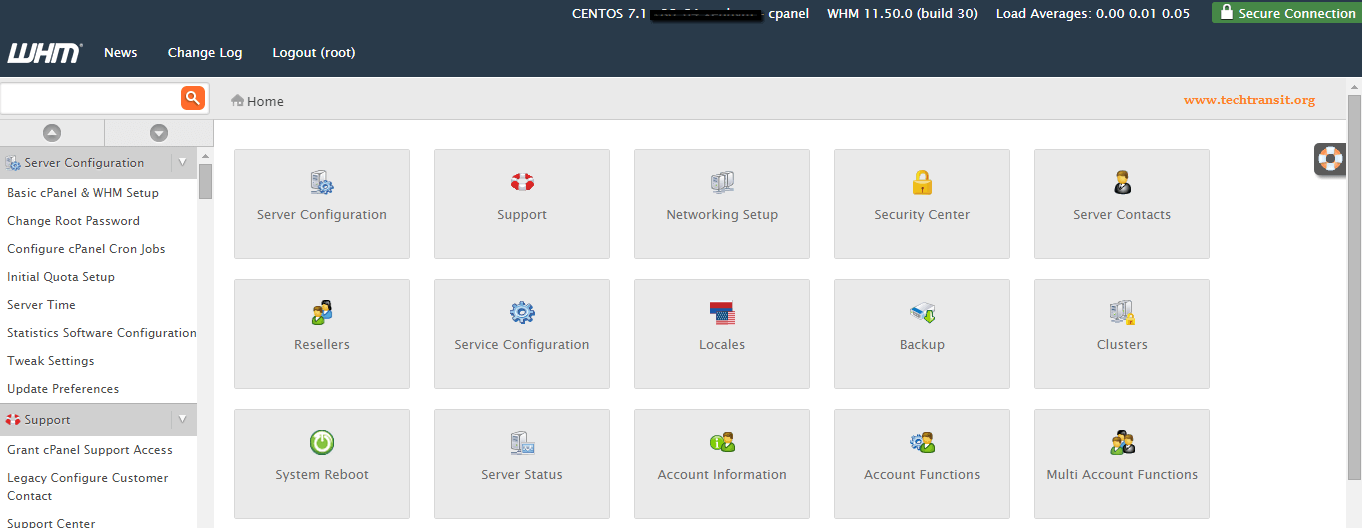

- #CPANEL UBUNTU HOW TO#
- #CPANEL UBUNTU INSTALL#
- #CPANEL UBUNTU MOD#
- #CPANEL UBUNTU UPDATE#
- #CPANEL UBUNTU FULL#
The email address is required for notifications and security notices regarding your website’s certificate: Output: In the first step, you need to type a valid email address. Using this script, you need to answer a series of questions and provide an email address. You can run the following command to use the plugin: sudo certbot -apache We will use the Apache plugin, which will take care of reconfiguring Apache’s Virtual Host and will reload the new configuration for us. There are many ways to obtain an SSL certificate with Certbot. Generate a Free Let’s Encrypt SSL Certificate
#CPANEL UBUNTU INSTALL#
sudo apt install certbot python3-certbot-apache 5. Run this command on the command line on the machine to install Certbot. To install this useful tool, we need to enable the universe repository: sudo apt install software-properties-common Install CertbotĪs mentioned earlier, we will be using Certbot so that we can get a free SSL certificate from Let’s Encrypt. Restart Apache so the changes will take effect.
#CPANEL UBUNTU MOD#
Then, enable the virtual host: sudo a2ensite Īlso, you need to make sure that the mod rewrite is enabled: sudo a2enmod rewrite Once you have configured the virtual host, you can enable it by executing the following commands.ĭisable the default preinstalled virtual host with: sudo a2dissite 000-default ĬustomLog $/access.log combinedĪfter you have finished with editing the file, save and close it. Then paste the configuration from below into the file, and replace all occurrences of with your actual domain name. We will use nano as our editor, but if you do not prefer nano, you can use any editor of your choice and create a new configuration file called.
#CPANEL UBUNTU HOW TO#
Since you now have Apache installed on your server, we can continue and show you how to create a virtual host for the domain that you want to use. To confirm that you have properly installed Apache2, you can open your preferred web browser and type your server IP address or your domain (we assume it is pointed to your server) and you should be able to view the Apache2 Ubuntu Default Page. We recommend enabling it so that Apache can start up automatically whenever your server reboots. Once Apache2 is installed on your server, you will be able to use the commands below to start, stop, and enable the service. There’s no point in having an SSL certificate without any webpages.Įxecute the following command to install Apache2: sudo apt install apache2 We will be installing Apache2 since we need a web server on which to install the free Let’s Encrypt SSL certificate. We chose to use one of the most popular web servers in our article.
#CPANEL UBUNTU UPDATE#
Once logged in, make sure that your server is up-to-date by running the following commands: sudo apt update Of course, you will need to replace IP_ADDRESS and PORT_NUMBER with your actual server IP address and SSH port number. To do this, use the following command: ssh -p PORT_NUMBER Generate a Free Let’s Encrypt SSL Certificateīefore we begin, you need to connect to your server via SSH as the root user. In this tutorial, we will use as an example.


#CPANEL UBUNTU FULL#

Let’s begin with the installation and setup. All SSL certificates provided by Let’s Encrypt can be used for production/commercial purposes without any costs or fees. Thanks to this convenient tool, setting up an SSL certificate to protect your website’s visitors and improve your website’s security has never been easier. In this tutorial, we will use a tool called certbot, which is an official part of EFF’s effort to encrypt the entire Internet. Let’s Encrypt is a certificate authority organization (CA) that allows anyone to obtain a free SSL certificate with simple and automated commands. In this article, we will show you how to install the Let’s Encrypt client on your Ubuntu 20.04 VPS, issue an SSL certificate for your domain, and configure it with the Apache webserver.


 0 kommentar(er)
0 kommentar(er)
